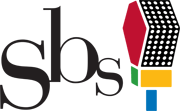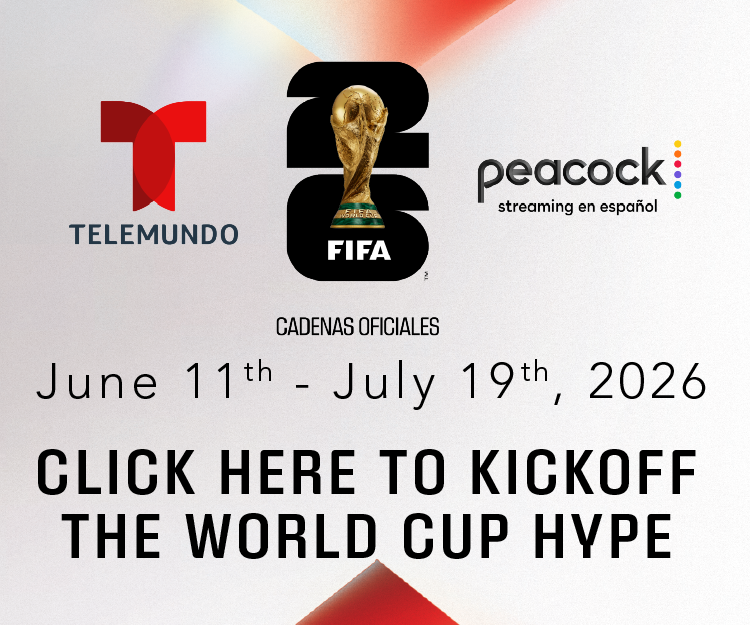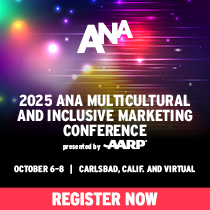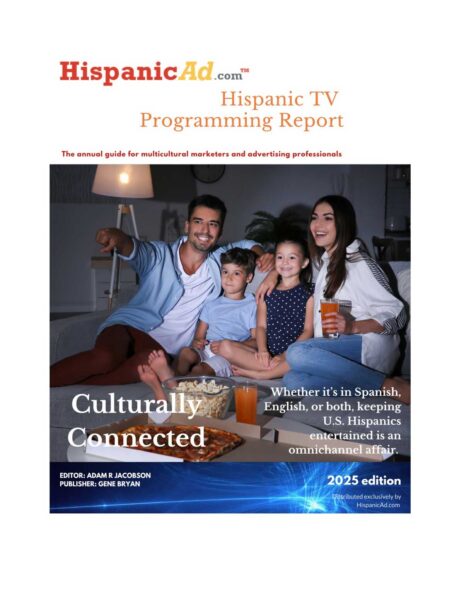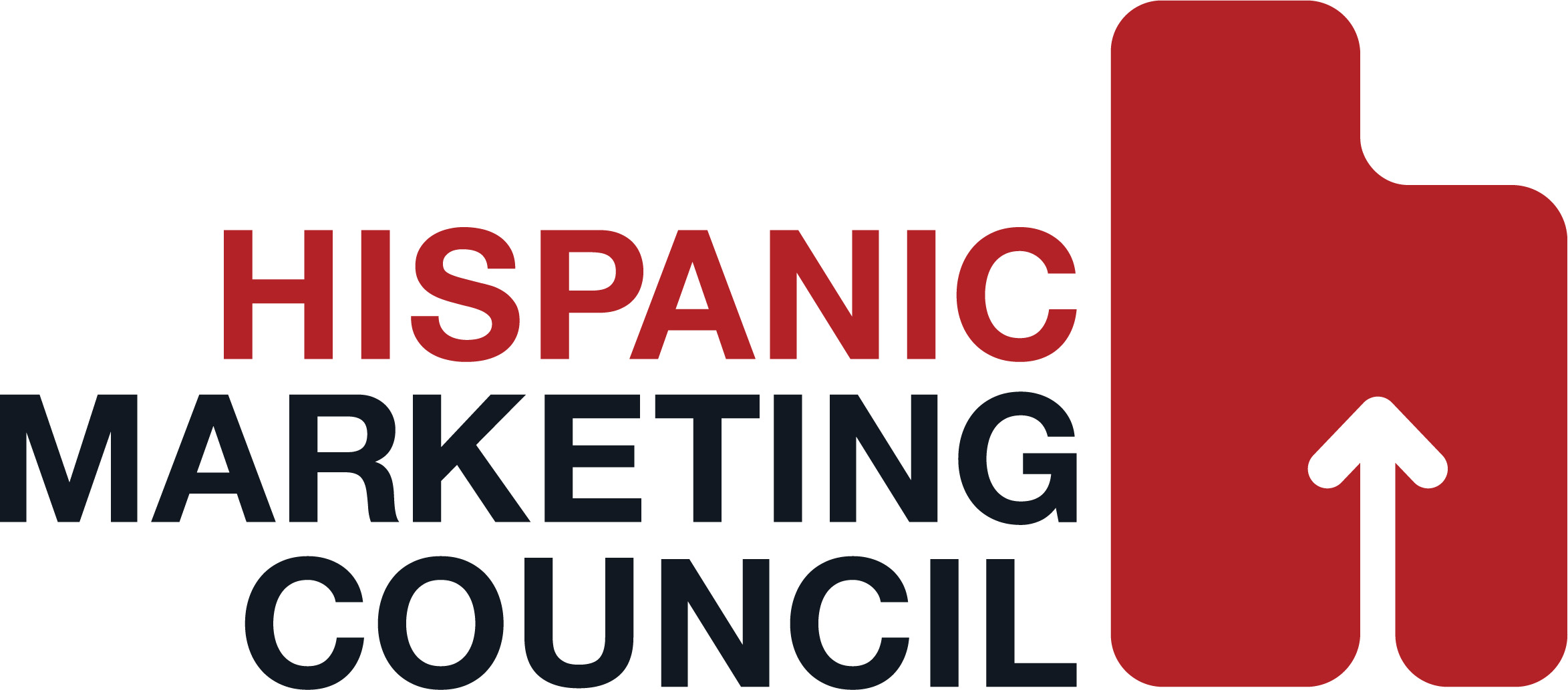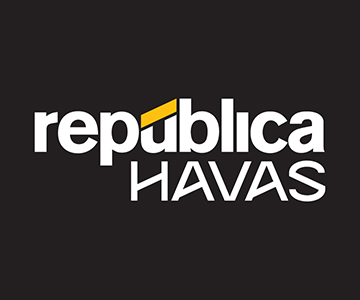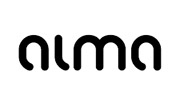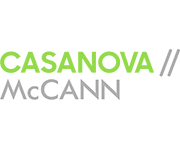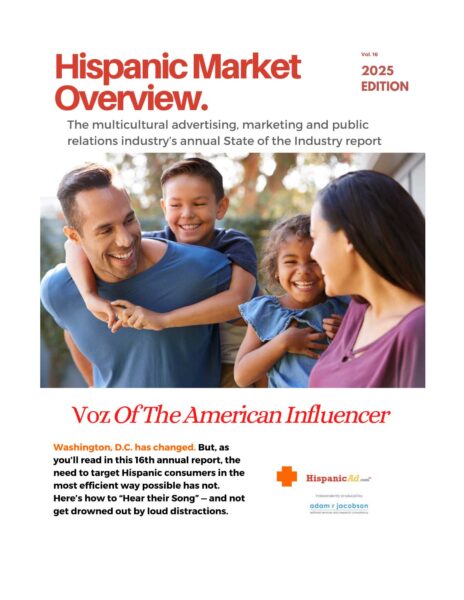Research
The ‘attention equation’: Winning the right battles for consumer attention. [REPORT]

Anyone who has spent too much of an evening trying to choose between entertainment options or ping-ponging back and forth between their TV screen and their phone while attempting to watch a new show or movie knows how many different forms of media are fighting for their attention.
Latinos are Rethinking Holiday Traditions and Travel Plans Amid Rising Costs
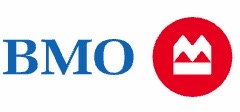
New data from the BMO Real Financial Progress Index finds Latinos in the U.S. will spend an average of almost $650 more this holiday season than in 2024. On average, U.S. Latinos expect to spend nearly $2,700, a 30% increase from last year, despite many reporting cutting back in key categories such as travel, decorating and entertaining due to rising cost of living concerns.
Income, Poverty and Health Insurance Coverage in the United States: 2024

The U.S. Census Bureau announced that real median household income was $83,730 in 2024, not statistically different from the 2023 estimate of $82,690. The official poverty rate fell 0.4 percentage points to 10.6% in 2024.
CMOs: your marketing procurement team might be more useful than you think

Marketing procurement has been on a journey for the best part of a decade. Many of you will remember WFA’s Project Spring back in 2018 – the first time we really understood how the function was perceived within organizations.
Majorities of Latinos Disapprove of Trump and His Policies on Immigration, Economy [REPORT]

Latinos have grown pessimistic in the year since the 2024 presidential election. Most say their situation in the United States has worsened. And as Donald Trump’s second term unfolds, Latinos are increasingly critical of his job performance and his administration’s immigration and economic policies – two key issues for Latino voters in last year’s election.
2025 Hispanic Content Report – Available for download for FREE
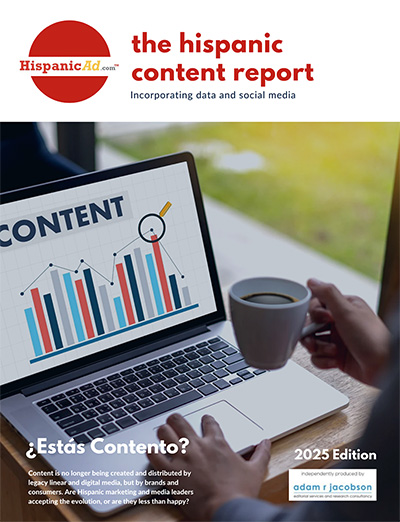
HispanicAd offers its annual report on key Content, Data & Social usage strategies, along with the importance of using Data strategies to engage the US Hispanic Consumer.
The HMC 2025 Hispanic Market Guide challenges marketers to follow the growth and prioritize cultural COMPETENCY for brand success [DOWNLOAD for FREE]

The Hispanic Marketing Council (HMC) has released its highly anticipated 2025 Hispanic Market Guide as a roadmap to help marketers effectively and authentically connect with the top U.S. growth market: Latinos. The guide features business-building cultural insights, economic and sector data plus reports on media consumption, purchase behavior and Hispanic creativity.
Blending Heritage: How U.S. Hispanics Make Thanksgiving Their Own

Thanksgiving… that American symbol of gratitude, togetherness, and stuffed turkey. But step into a Hispanic home on this holiday, and you instantly feel how the tradition has been transformed—filled with flavor, music, faith, and legacy. It’s not just a meal. It’s an experience, a ritual, and, for many, proof of how beautifully two cultures can come together. By Maria Lucia Parra - I am a bilingual Hispanic marketing/UX researcher with extensive experience in identifying the right approaches to meet clients’ objectives, as “one size does not fit all”.
Latin America’s Next Frontier: Regional Storytelling in the Affinity Economy

For decades, our audiovisual industry in Latin America has operated in fragments —each market building its own stories, formats, and strategies without fully leveraging the regional scale. By César Martínez - Media Executive | Acquisition, Content & Programming | Entertainment & Sports | Multi-Platform (TV/OTT/Social)
Creator Economy Ad Spend to Reach $37 Billion in 2025, Growing 4x Faster than Total Media Industry,

The Interactive Advertising Bureau (IAB) released its 2025 Creator Economy Ad Spend & Strategy Report, revealing a surge in U.S. creator economy investment that is reshaping modern media strategies.
Americans’ Social Media Use 2025. [REPORT]

Even as debates continue about the role of social media in our country, including on censorship and its impact on youth, Americans use a range of online platforms, and many do so daily.
Why strategy matters more than tools for measurement in marketing

The marketing ecosystem continues to expand, offering an ever-growing set of tools, data sources, and analytics platforms designed to connect investments to measurable outcomes. Organisations are investing in these capabilities with the goal of improving transparency, comparability and consistency in how performance is assessed.
Most AM/FM Radio Listening Remains on Radio Receivers
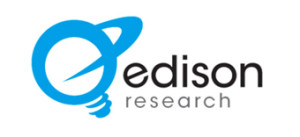
The dramatic rise of digital audio platforms and technologies over the last decade has been chronicled by Edison Research’s Share of Ear® study. Listening to streamed audio content on phones, computers, smart speakers, and smart televisions now dominates the audio sphere. While AM/FM radio is available on all these digital devices, the radio receiver remains the dominant device the U.S. 13+ population uses to listen to AM/FM radio during an average day.
2025 Holiday Travel Survey. [REPORT]

Travel continues to hold a treasured place in holiday plans, but many Americans are holding their wallets a little closer this year. Our 2025 Deloitte Holiday Travel Survey finds that financial concerns appear to lie at the root of several indicators of a softer season, despite the continued enthusiasm for travel.
WHAT DRIVES CONSUMER CHOICE, AND HOW BRANDS SHOULD RESPOND – How humans decide. [REPORT]

Reaching a target audience in an attentive state (with the right content) is a widespread equation for effective brand communication. But should it be? Are reach and attention enough to influence people to buy, and continue buying, your brand?
Culture Decoded – How Hispanic GenZ Redefines Authentic Brand Engagement. [REPORT]
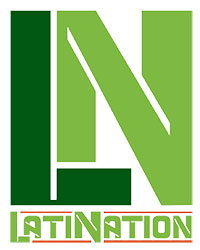
Hispanic Gen Z consumers are reshaping the way brands connect with culture and audiences.
IMMIGRATION RAIDS IMPACT [REPORT]

Immigration Enforcement Is Reshaping Consumer Behavior, Public Trust, and National Sentiment Our survey findings reveal the consequences of immigration enforcement, particularly ICE raids, on Hispanic communities and broader American society, influencing spending habits, public engagement, brand trust, and national identity.
Holiday Retail Survey [REPORT]

2025 marks the 40th year of the Deloitte Holiday Retail Survey, and the retail transformation over that time has been remarkable. Holiday shopping has shifted from crowded malls and print circulars to a world of omnichannel convenience, digital discovery, and artificial intelligence-powered tools. Yet one constant remains: The holidays are when consumer behavior reflects both the realities of the economy and the desire to celebrate.
Mid-market marketers are turning to AI to gain a competitive edge as strong winds to growth prevail

A new study by WARC and Intuit Mailchimp presented by LIONS Advisory reveals marketing teams in mid-market companies are in transition in how they are leveraging AI as an “equalizer” that enables them to amplify their impact and give them a competitive edge.
Americans have mixed feelings about AI summaries in search results

Many search engines like Google or Bing now use artificial intelligence (AI) to provide users with short answers or overviews at the top of the page that are separate from traditional search results.




